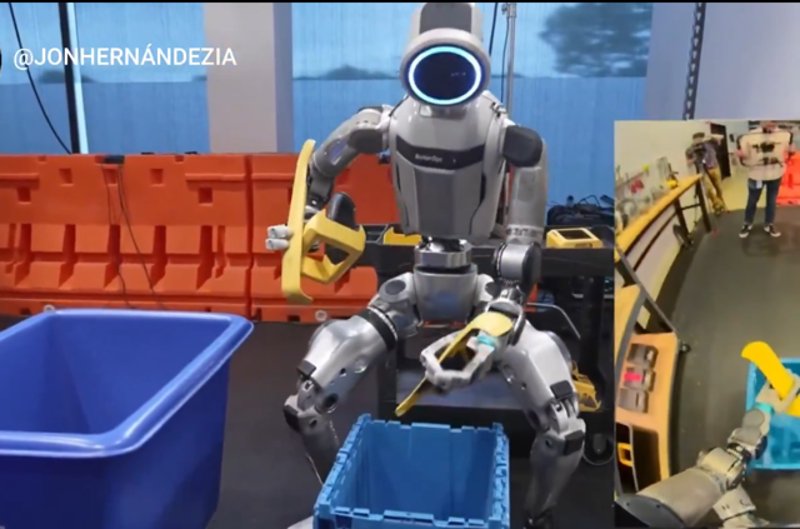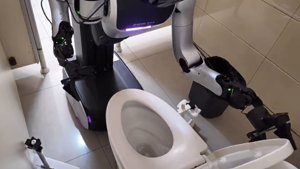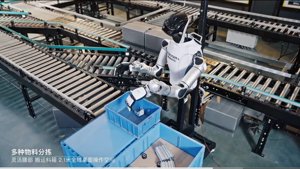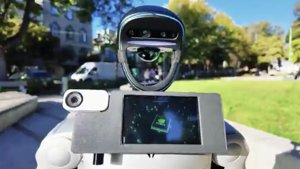Boston Dynamics and Toyota Research Institute Equip Atlas Robot with Revolutionary “Generalist Brain”
Boston Dynamics and Toyota Research Institute are revolutionising robotics by giving the Atlas humanoid robot a substantial cognitive upgrade. They’re implementing Large Behaviour Models (LBM), essentially creating a “generalist brain” capable of mastering thousands of tasks through virtual reality, simulation and real-world training. This approach represents a fundamental shift in robotic learning – comparable to sending Atlas to an advanced university programme, where instead of typical student antics, it’s developing sophisticated skills like object manipulation, advanced locomotion, and resilience during unexpected scenarios.
The significance of this development extends far beyond a simple update; it’s a complete reimagining of robotic learning capabilities. The system utilises a single comprehensive model trained with language, imagery and sensory inputs, enabling Atlas to execute complex, multi-stage tasks from beginning to end. This versatile cognitive framework functions like an all-purpose tool for robotic intelligence. Whether reorganising warehouse shelves or recovering from unexpected disruptions, Atlas can now handle these challenges with unprecedented competence. Perhaps most impressively, its movement speed has doubled, dramatically enhancing its practical utility.
This advancement in artificial intelligence signifies a crucial step toward humanoid robots that learn through methods remarkably similar to human learning processes. Through observation and practice, these machines can acquire new skills with extraordinary efficiency. The parallel to human development is striking – though Atlas lacks human limitations, requiring neither rest periods nor having physical endurance constraints. The featured image depicts Atlas manipulating objects in what appears to be a warehouse environment, demonstrating its newly enhanced dexterity and adaptability. This technological leap raises fascinating questions about the future capabilities of such systems and their potential applications across industries.






